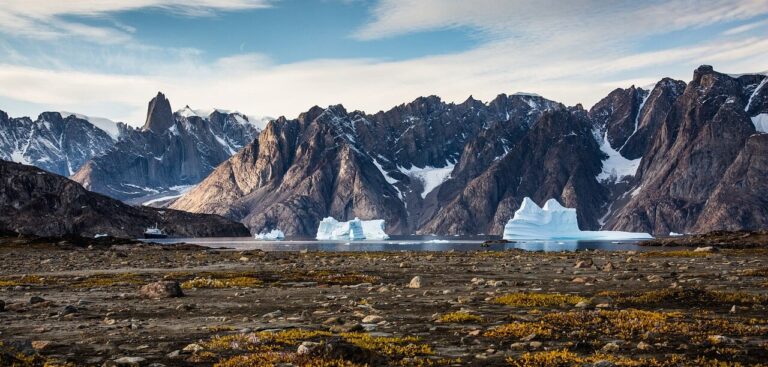The World Meteorological Organization (WMO) has launched its State of the Global Climate 2022 report, detailing how droughts, floods and heatwaves affected communities on every continent, costing billions of dollars.
Antarctic sea ice fell to its lowest extent on record and the melting of some European glaciers hit new levels, the latest installment in the annual report series states. For global temperature, the years 2015-2022 were the eight warmest on record despite the cooling impact of a La Niña event for the past three years. Melting of glaciers and sea level rise again reached record levels in 2022.
Prof. Petteri Taalas, WMO secretary-general, said, “While greenhouse gas emissions continue to rise and the climate continues to change, populations worldwide continue to be gravely impacted by extreme weather and climate events. For example, in 2022, continuous drought in East Africa, record breaking rainfall in Pakistan and record-breaking heatwaves in China and Europe affected tens of millions, drove food insecurity, boosted mass migration, and cost billions of dollars in loss and damage.
“However, collaboration among UN agencies has proven to be very effective in addressing humanitarian impacts induced by extreme weather and climate events, especially in reducing associated mortality and economic losses. The UN Early Warnings for All Initiative aims to fill the existing capacity gap to ensure that every person on Earth is covered by early warning services. At the moment, about one hundred countries do not have adequate weather services in place. Achieving this ambitious task requires improvement of observation networks, [and] investments in early warning, hydrological and climate service capacities,” he said.
The new WMO report is accompanied by a story map, which provides information for policy makers on how the climate change indicators are playing out. In addition to climate indicators, the report focuses on impacts. Rising undernourishment has been exacerbated by the compounded effects of hydrometeorological hazards and Covid-19, as well as of protracted conflicts and violence.
The WMO report follows the release of the State of the Climate in Europe report by the EU’s Copernicus Climate Change Service. It complements the Intergovernmental Panel on Climate Change (IPCC) Sixth Assessment Report, which includes data up to 2020.
To view the story map and complete report, click here.



